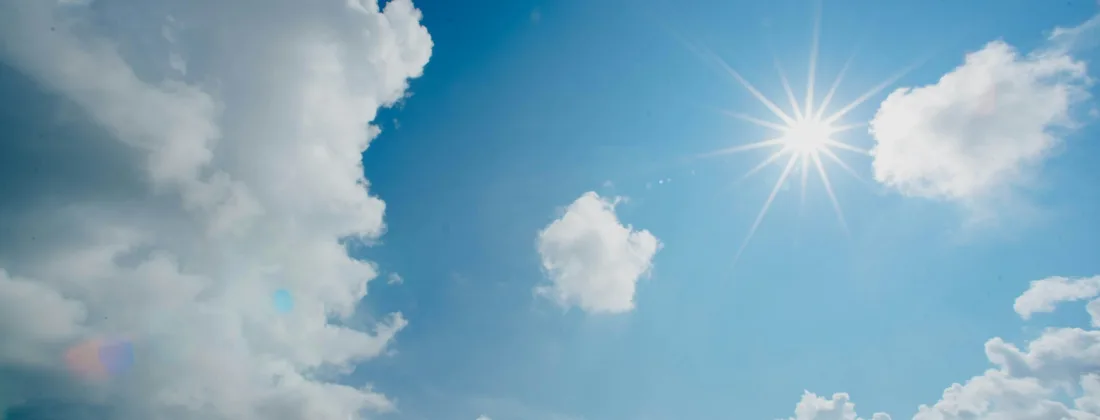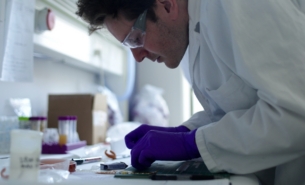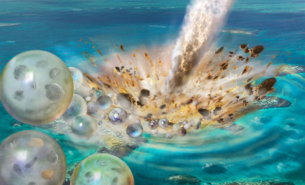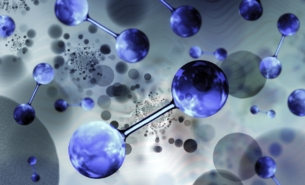A recent publication from Uppsala University reported a world record for efficiency for a CIGS solar cell. Nano X-ray Fluorescence imaging was done at beamline NanoMAX. With this method, the researchers can detect which elements are present in the sample on the nanometre scale. By scanning the sample, they can acquire an image with a measurement in each pixel.
“NanoMAX provides small, intense X-ray beams that were necessary for the study. NanoMAX also provides a rather large space for sample environments, which is not so common at other nano-probe beamlines. This allowed the users to bring a setup in which the solar cells could be connected to an electrometer during the X-ray measurements and measure both the X-ray fluorescence and the X-ray beam-induced current (XBIC) in the solar cell at the same time,” says Sebastian Kalbfleisch, instrument scientist at NanoMAX.
Press release from Uppsala University (in Swedish)
Publications based on the data from the NanoMAX beamtime
J. Keller et al., Effect of Ordered Vacancy Compounds on the Carrier Collection in Wide-Gap (Ag,Cu)(In,Ga)Se2 Solar Cells, RRL Solar 2301018 (2024), DOI: https://doi.org/10.1002/solr.202301018
J. Keller et al., High-concentration silver alloying and steep back-contact gallium grading enabling copper indium gallium selenide solar cell with 23.6% efficiency, Nat Energy (2024), DOI: https://doi.org/10.1038/s41560-024-01472-3




